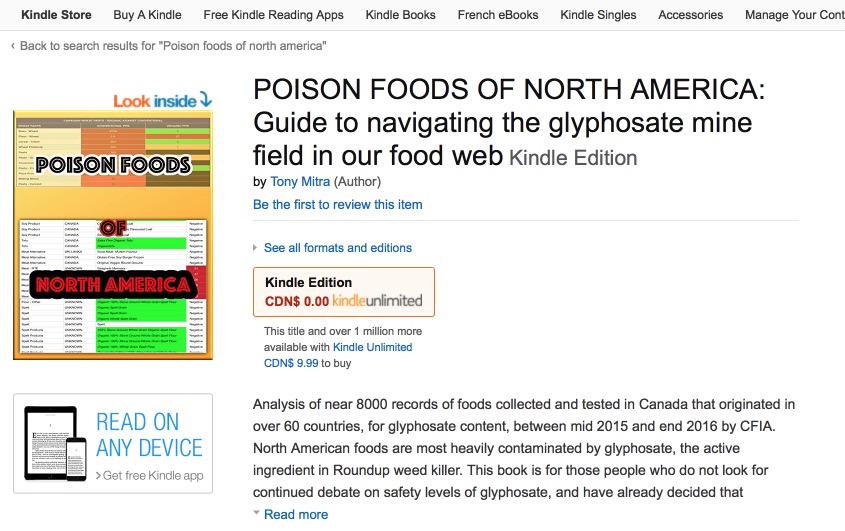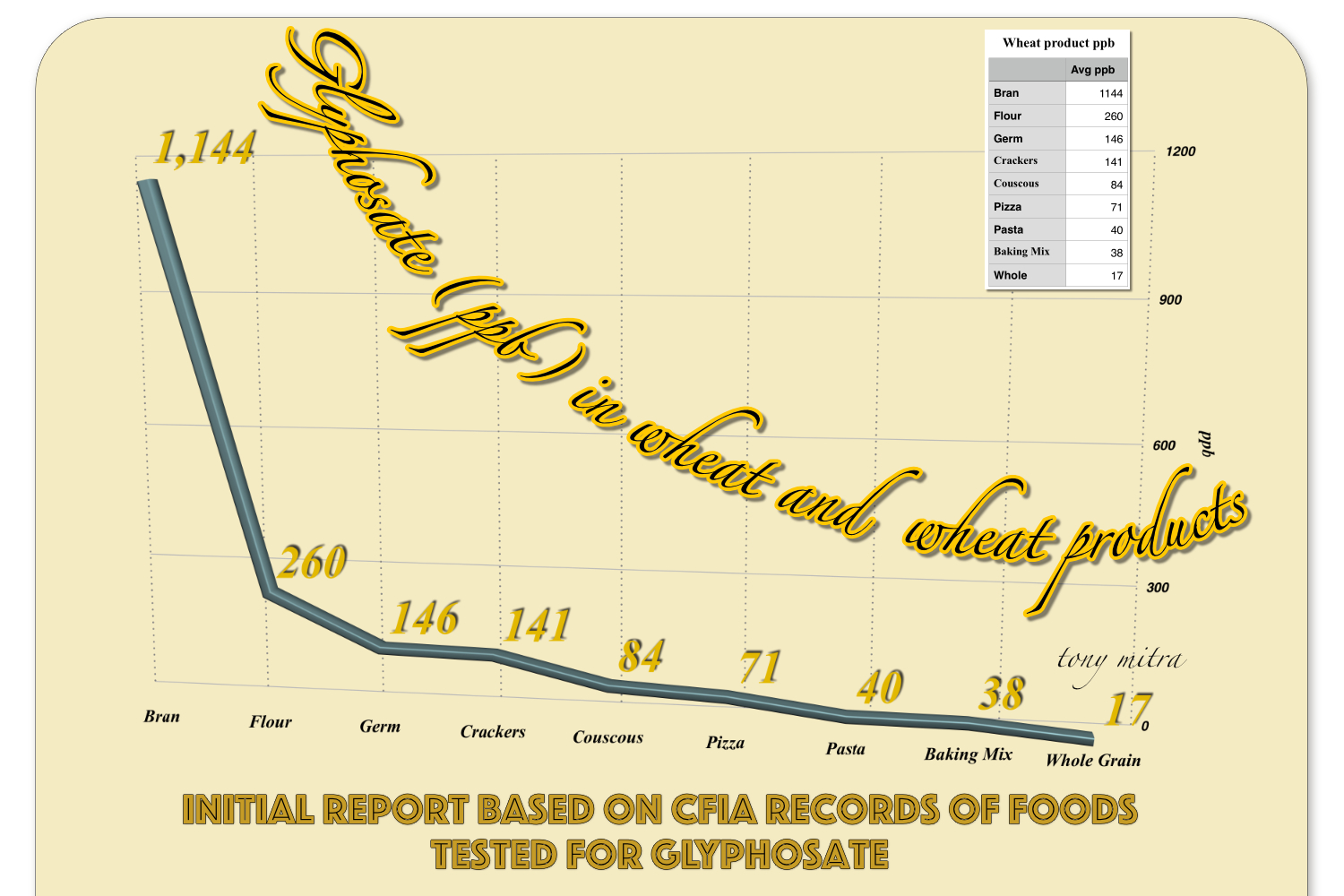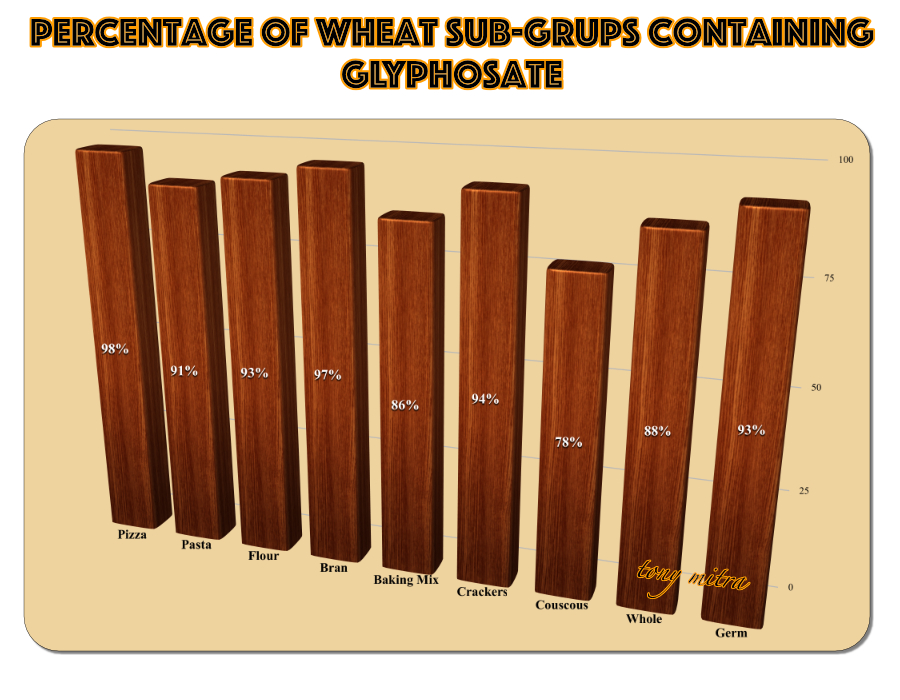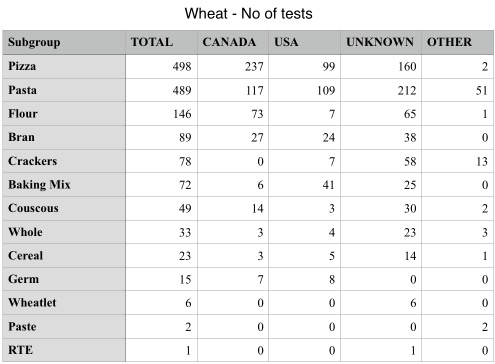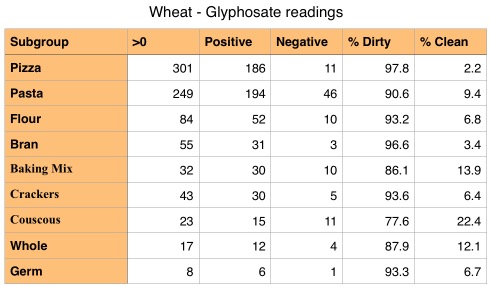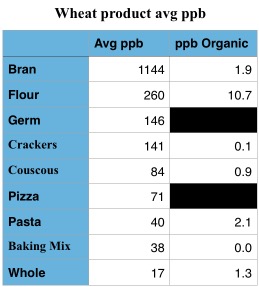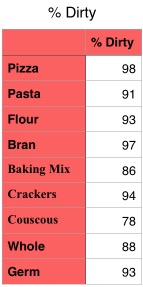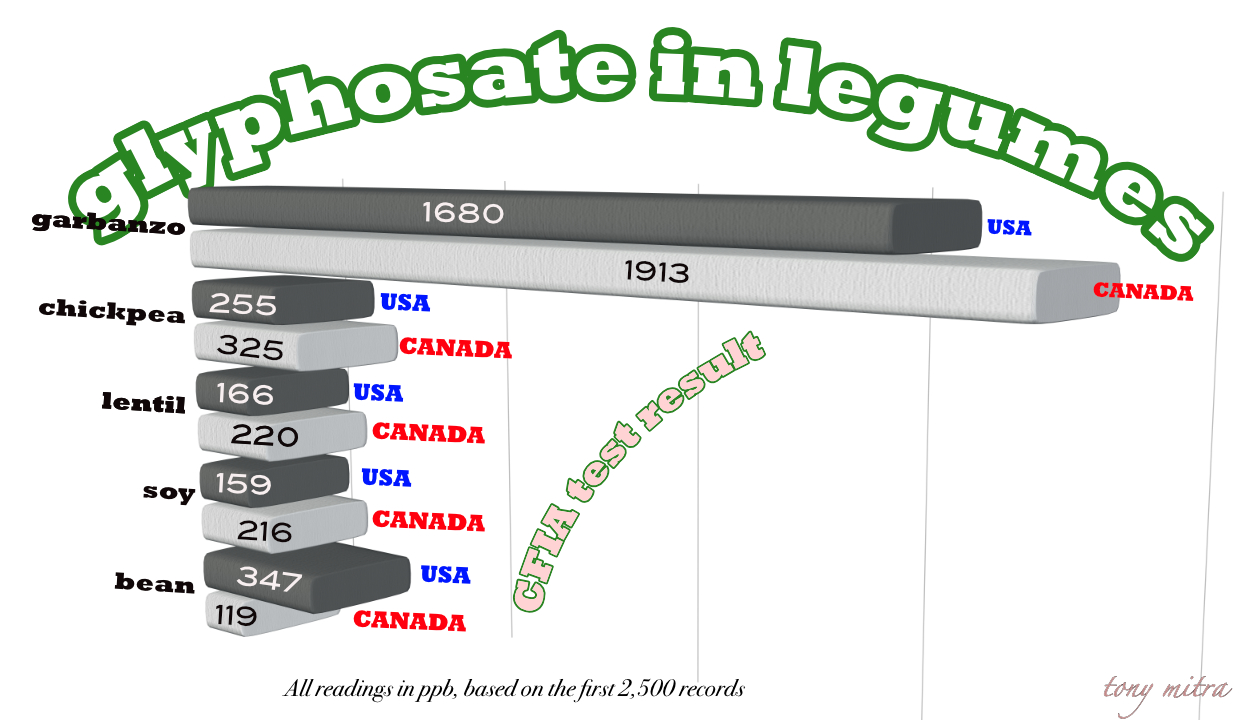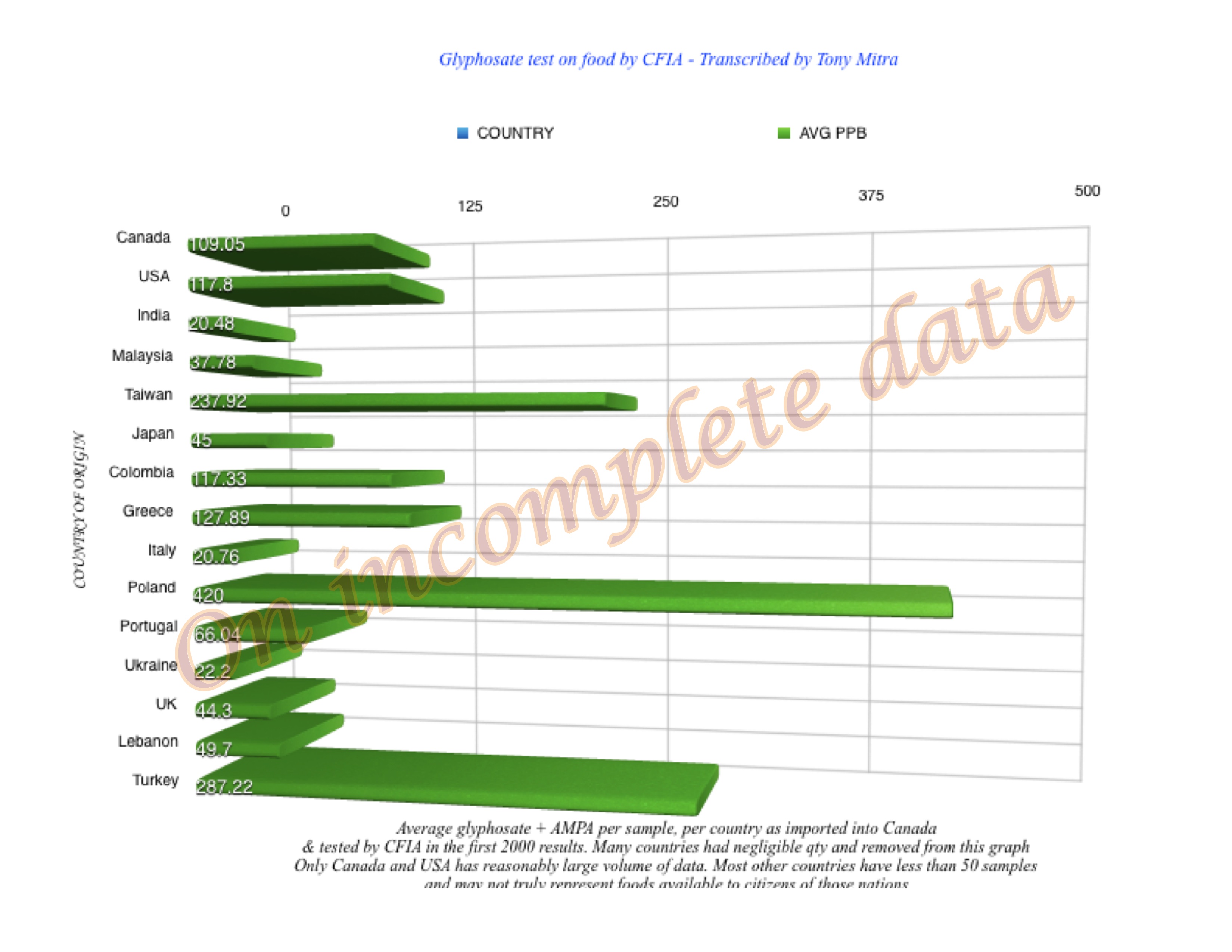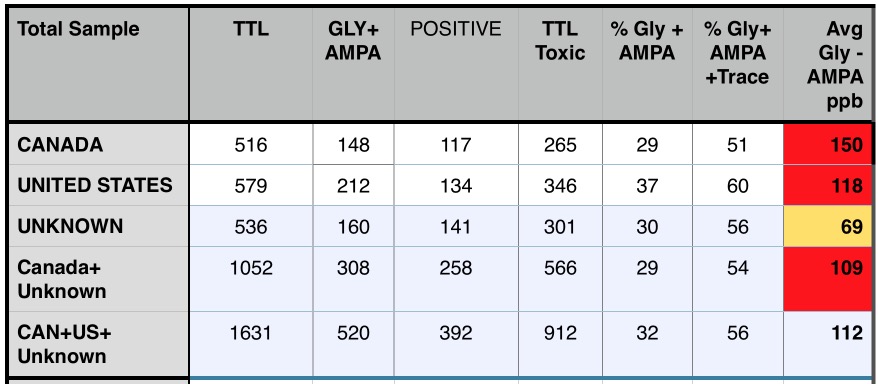Glyphosate has been in the public eye for a while now. I hear that in California, a court has mandated that Roundup herbicide must have a comment in the label that it likely is carcinogenic, or can cause cancer.
 There is further news coming from some reportedly leaked comments from within US-EPA that the manner in which glyphosate safety test documents and data has been accepted has apparently not gone well with everyone in EPA. Well, it is almost 40 years since glyphosate has been unleashed. It is high time that approval of glyphosate was put under scrutiny.
There is further news coming from some reportedly leaked comments from within US-EPA that the manner in which glyphosate safety test documents and data has been accepted has apparently not gone well with everyone in EPA. Well, it is almost 40 years since glyphosate has been unleashed. It is high time that approval of glyphosate was put under scrutiny.
In Canada, the EPA counter part, Health Canada, has never released all the safety documents and data based on which it approved glyphosate for use in agriculture. According to my understanding of the law, it is illegal to approve and allow release of a product while withholding release of its safety data. I have had multi-year running issues with the government trying to get disclosure of these safety records.
It is because of these reasons that I do not accept the government set safe limits (MRL) of glyphosate in food. One cannot accept 5,000 ppb of glyphosate in wheat, when the government has not shown proof that glyphosate is safe even at 1 ppb.
Meanwhile, after some years of butting heads with the government on a related issue of Canada not having labs that could test glyphosate in food, and after WHO declared glyphosate to be a probable carcinogen, thankfully the Government showed some inclination to test foods for glyphosate, but on the quiet and away from mainstream media glare.
By the summer of 2015, there were indications from labs that they were busy handling lots of orders from Ottawa in testing glyphosate in all kinds of food samples.
I had by then already been asking Health Canada, Agriculture Canada and Canadian Food Inspection Agency, for letting me have results of all foods tested in Canada for glyphosate. Finally, in December 2016, I got over 7,800 records of foods tested for glyphosate and its metabolite AMPA under order of CFIA.
The records involved more than five thousand samples and at times multiple records on each samples involving glyphosate and/or AMPA content. Samples were all collected from within Canada, but represented both locally grown and imported food. Foods from more than sixty countries had been collected and tested.
Attempt was initiated immediately, convert the data into an usable format and to analyze it and advise the people on which kinds of foods had how much glyphosate. Scanned images of pages of those records were converted using OCR software, error corrected and turned into electronic data that could be sorted, tabulated, and used for analysis
Same was done over the next few months. The results have in some cases been as expected and in other cases, totally surprising.
A few things became clear as more and more data were analyzed. For example, crops that were not genetically modified but were grown in an industrial scale in north America and were desiccated with glyphosate, had very much more glyphosate in them, than genetically modified Roundup Ready crops.
Another shocking realization was, Canada and the US were producers of the most toxic food in the planet. The difference was not even marginal. Canadian and American grown foods, especially those conventional non GM crops that used glyphosate as a pre-harvest desiccant, had an order of dimension greater level of glyphosate poison in them than the same crops grown anywhere else.
Since I have reason to doubt the Government set MRL while safety data is kept out of reach of people, I consider any level of glyphosate concentration to be poisonous – acutely poisonous to a large body of beneficial organisms and a chronic poison for all other creatures of value including ourselves.
And so, finally, the e-book was prepared and placed on line with Amazon.
This book is not designed to join a debate on if glyphosate is safe or unsafe to be in food or at what level it might be dangerous. This book is for those people that have already decided that glyphosate is an undesirable chemical that can cause serious harm even if taken in low doses over time. It is for those people that are looking for a tool to help navigate through this glyphosate minefield of North American food system.
The book will continue to be edited and more material added. Legal owners will get free downloads of all updates on it. The book is currently over 220 pages long on an iPad and over thousand pages long on a smart phone, as indicated through Amazon upload, though I have not checked it with my iPad or iPhone yet.
Book Description
Analysis of near 8000 records of foods collected and tested in Canada that originated in over 60 countries, for glyphosate content, between mid 2015 and end 2016 by Canadian Food Inspection Agency (CFIA).
North American foods are most heavily contaminated by glyphosate, the active ingredient in Roundup weed killer. This book is for those people who do not look for continued debate on safety levels of glyphosate, and have already decided that glyphosate is an undesirable chemical to be in their food, and merely wish to have a tool with which they could try and avoid eating foods that have high glyphosate content.
The book has over 220 pages, 55,000 words, filled with over 250 tables along with charts and images. The data is sorted in chapters, starting with the Maximum Residue Limit (MRL) set by the government, comparison of glyphosate in food according to country of origin, and checking according to food types, such as grains, beans, flour, lentils, fruits, vegetables, and ready made meals. Under wheats, sub-sections check wheat bran, wheat flour, wheat germ, whole wheat, pasta, pizza, baking mix, couscous. It shows how glyphosate contamination of bran in wheat grown in Canada averages at over 2,000 ppb, or how 96% of all Canadian wheat bran tested were contaminated against 78% of the US wheat bran. It gives some of the worse contaminations of individual samples in separate tables, with contaminations between 4,000 and 7,000 ppb and how some of them are in violation of the MRL set by the government.
There are specific chapters on organic foods or gluten free ones, and tables comparing where eating organic ensures lower glyphosate contamination and where it does not ensure that. It shows which foods are free of glyphosate irrespective of being organic or not.
Glyphosate (RoundUp) has been in our farms and fields for a generation. That it is safe for humans is supposed to have been verified by the Government. Yet, the documents containing tests done on animals that prove that it does not affect mammals, or beneficial insects such as worms, bees, our gut micro-biome and the flora and fauna of the land, have been kept out of reach from the people.
My understanding of the law is – if the safety documents of a product cannot be released to the people, then the product itself may not be approved for release. While the Government is not saying people do not have right to see the documents, these data are one way or another kept out of reach of the people, often using arguments that the promoter of the product has patents and intellectual rights, and there is a confidentiality clause attached to the agreement with the Government.
This book is not aimed to join the debate on if glyphosate is safe and at what level of contamination it might be a concern. Rather, this book is designed for those people that have already decided to actively try and avoid having glyphosate in their food. This book is to help them select what kind of food, grown in which countries might be better or worse.
Canadian and US foods are about the most contaminated in the entire planet, and finding clean food free of glyphosate has gotten a major challenge, as the data shown in this book will indicate. Navigating through this glyphosate mine field may be of paramount importance for discerning people that are already conscious of potential health issues related to consuming a continuous dose of glyphosate over a long period.
I believe, without bias, that this book is the best guide and tool for consumers, especially those living in North America or considering imported foods from North America, to avoid a steady dose of slow poisoning through glyphosate. I believe this is the only one of its kind. There is no other.

